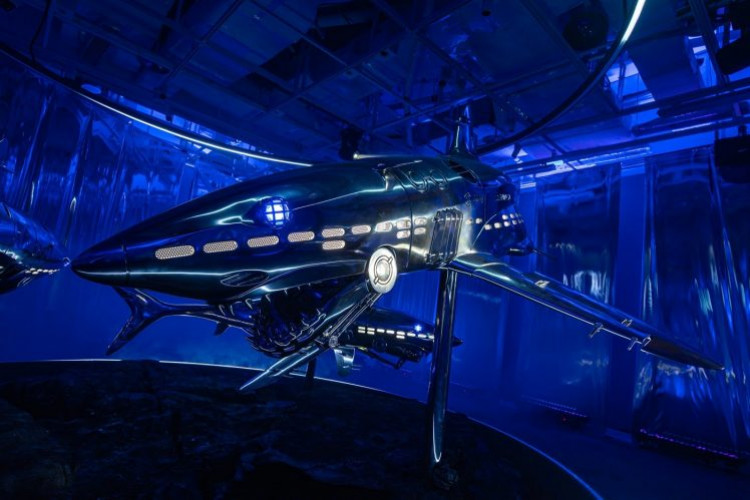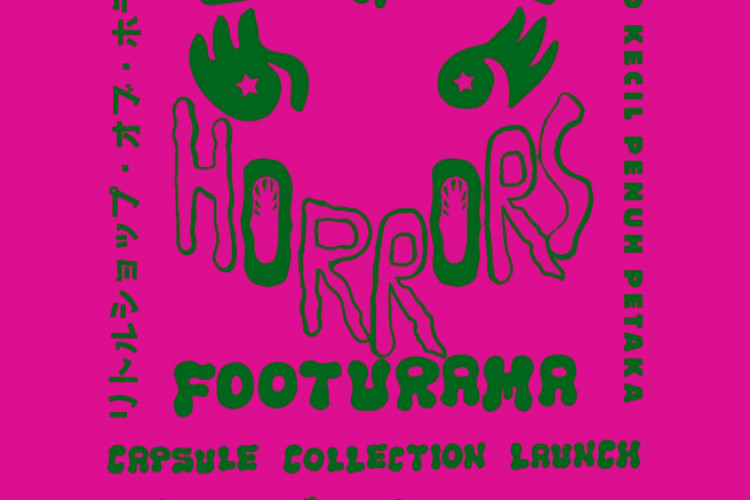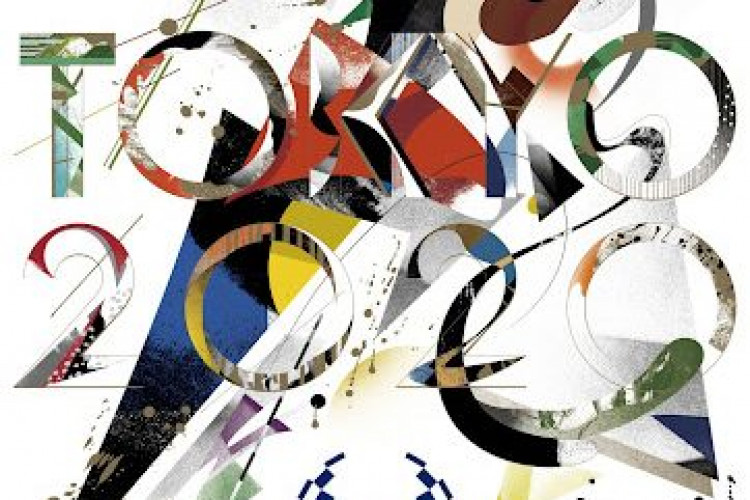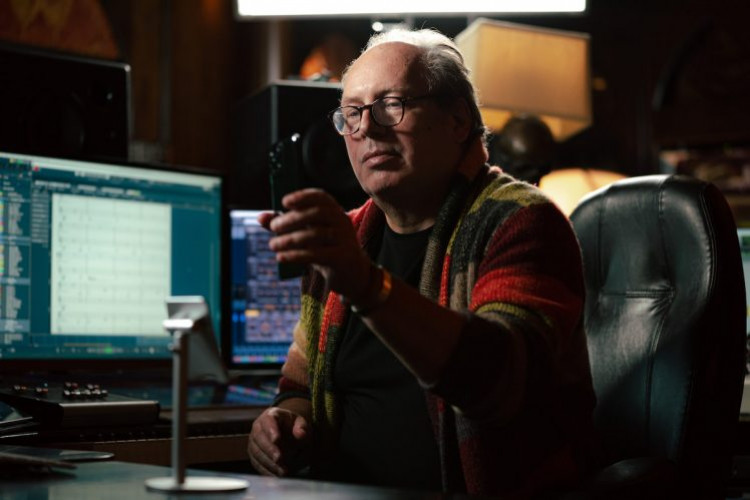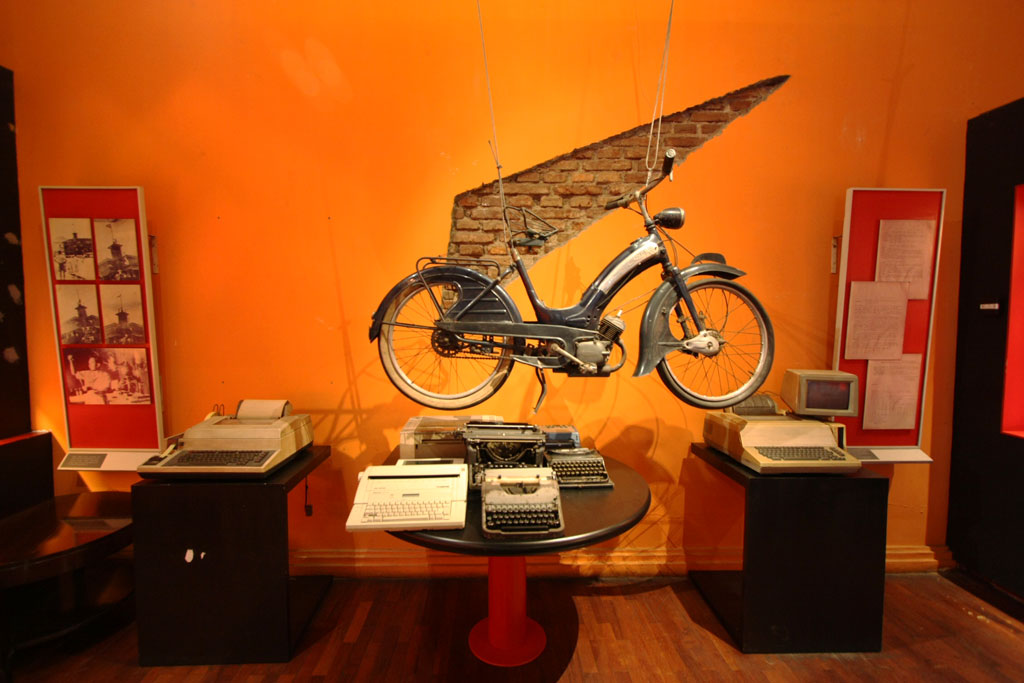
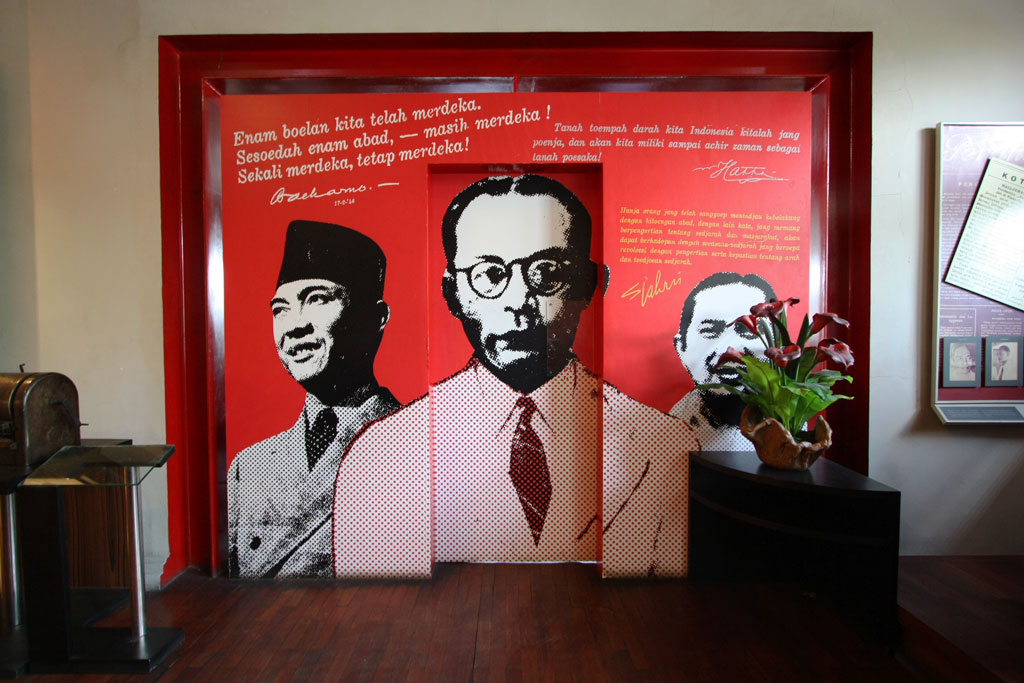
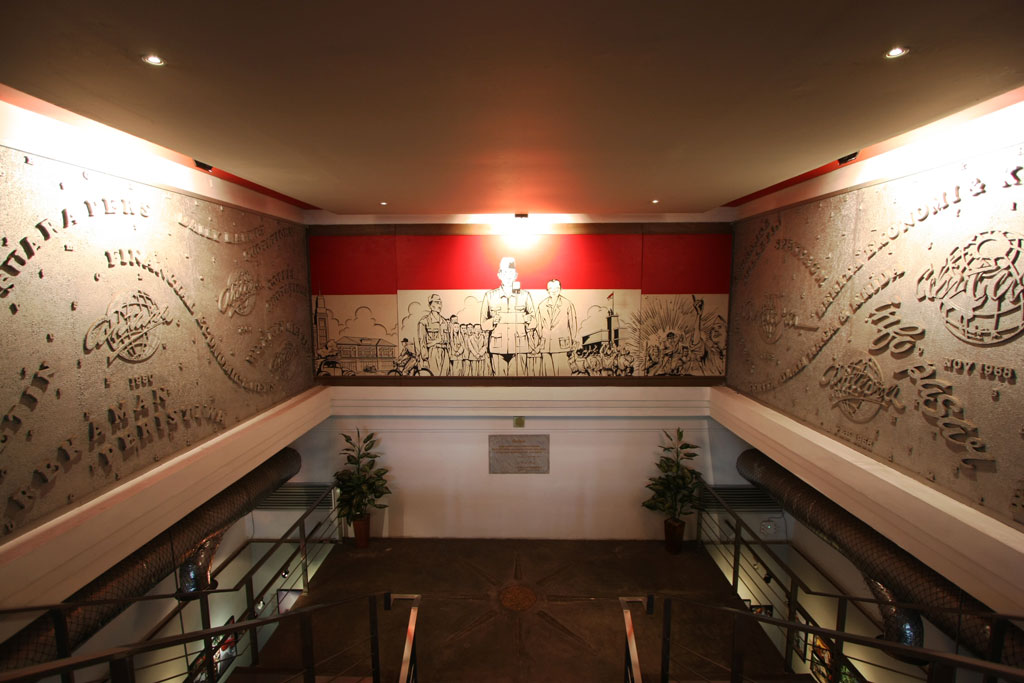
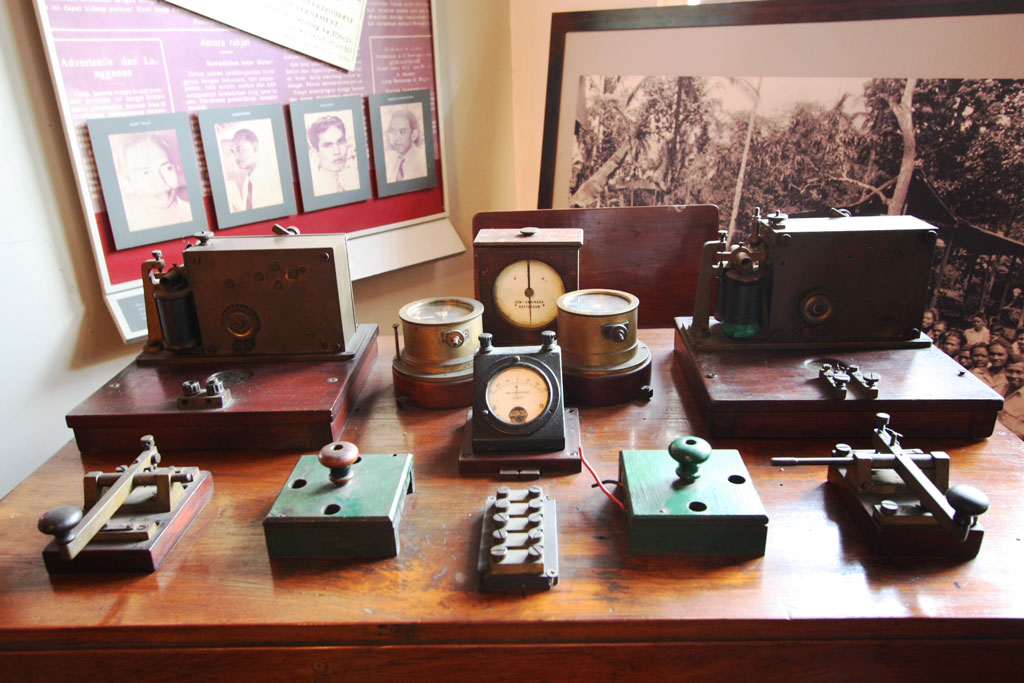
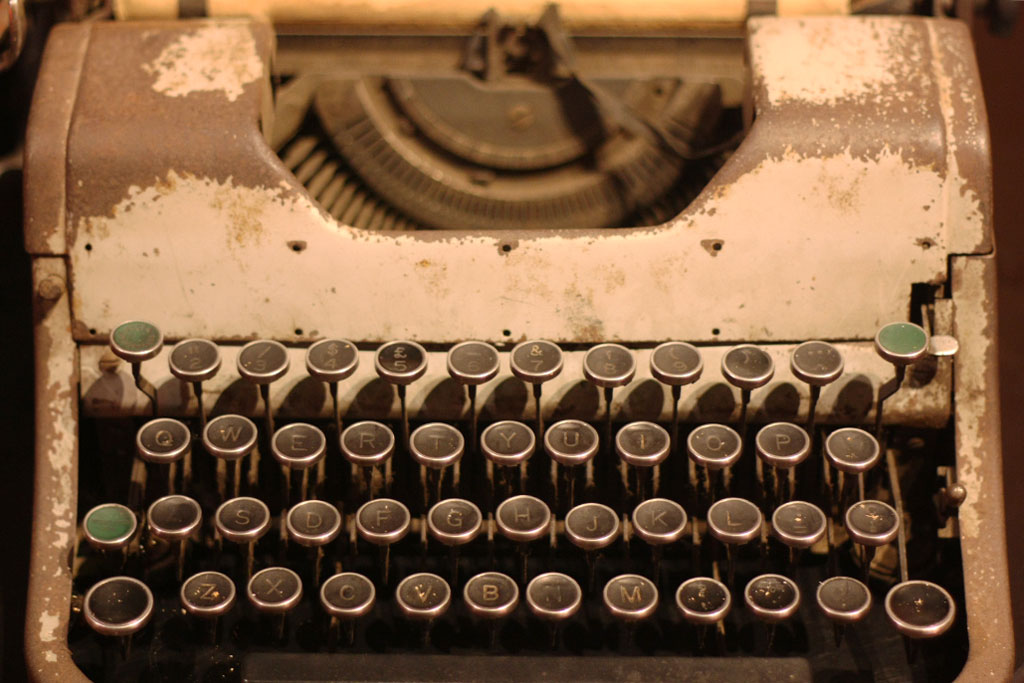
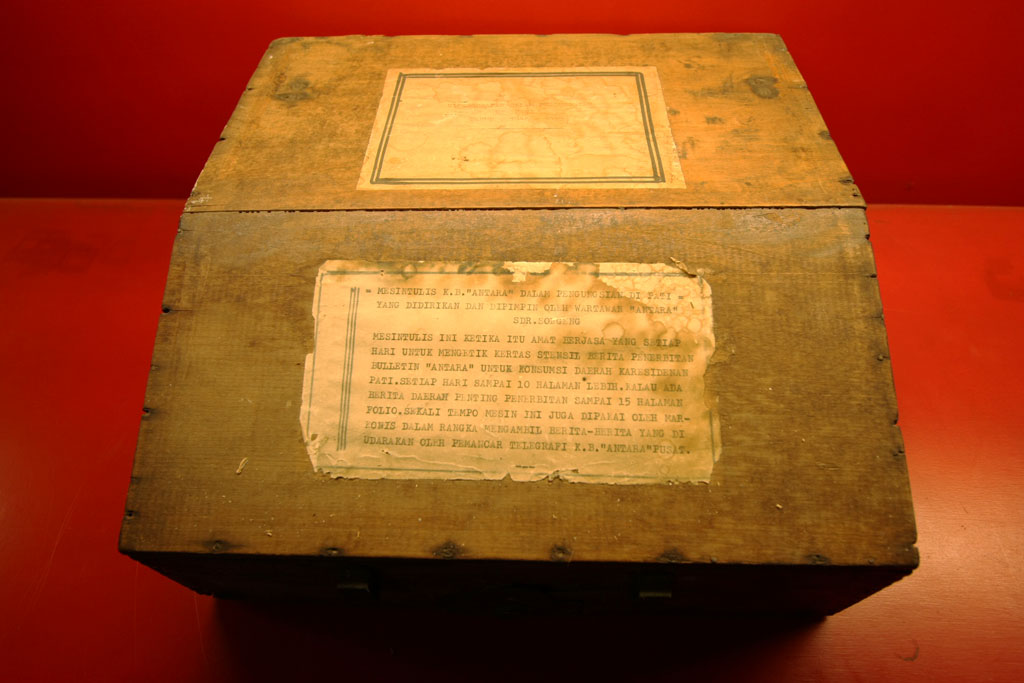
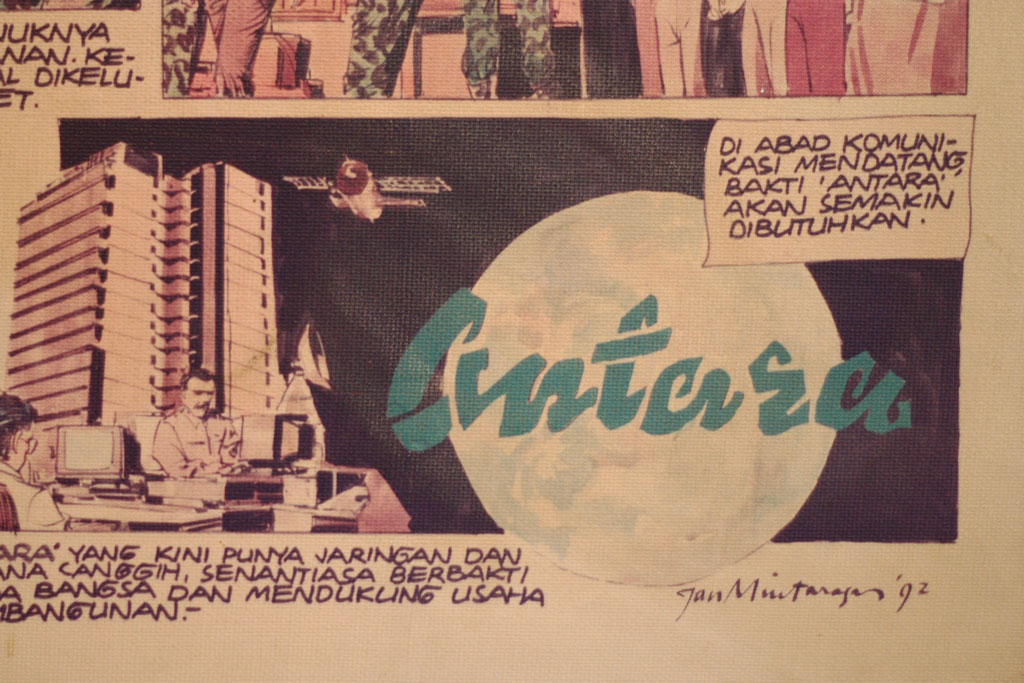
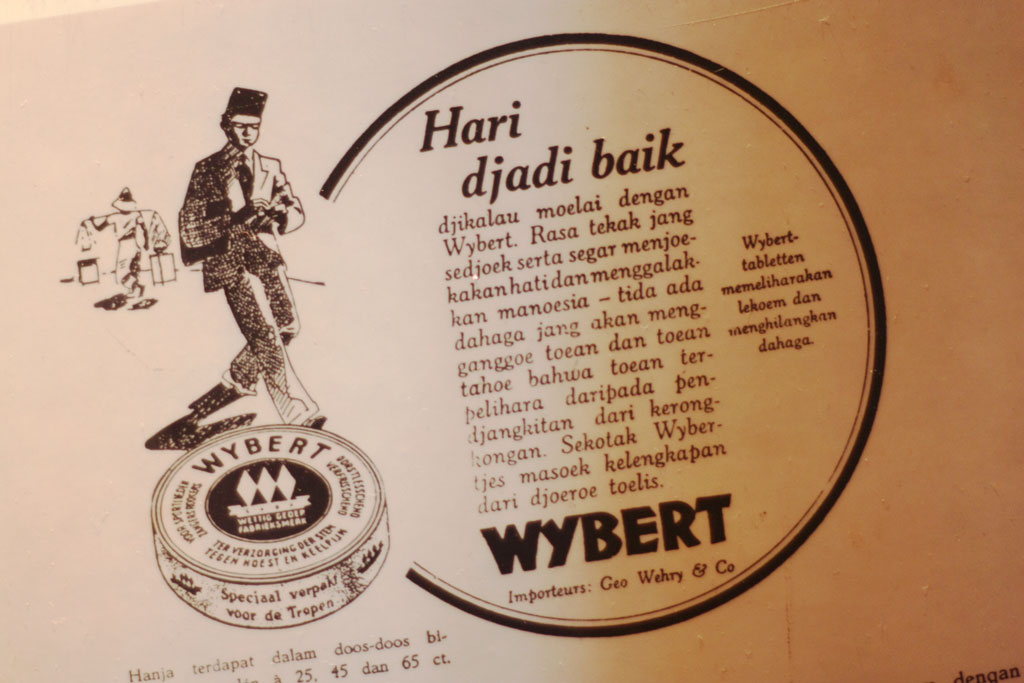
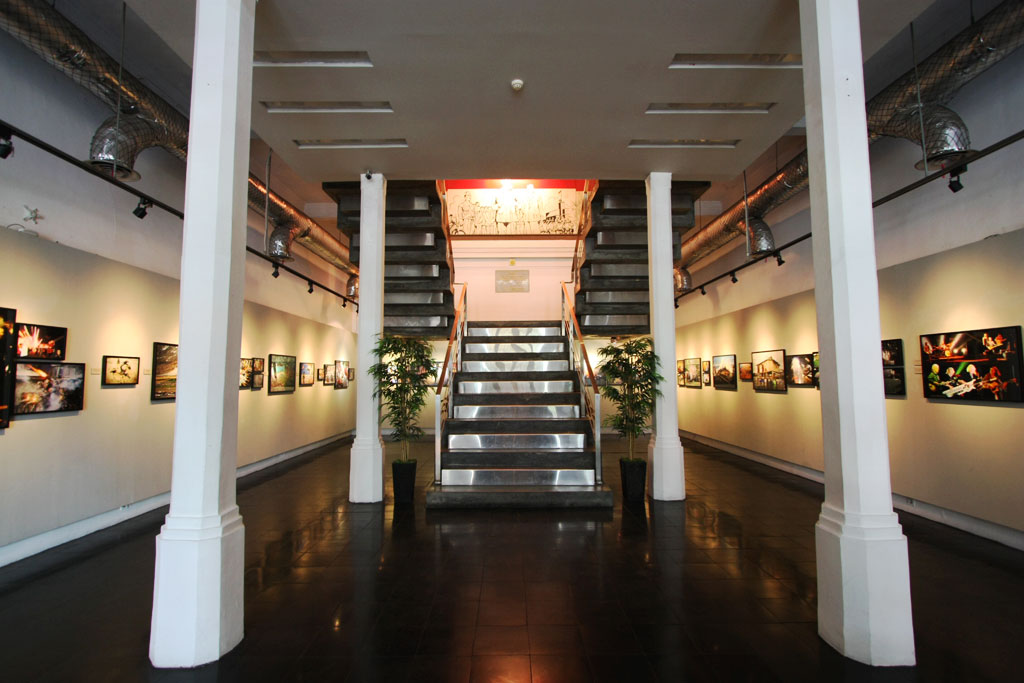
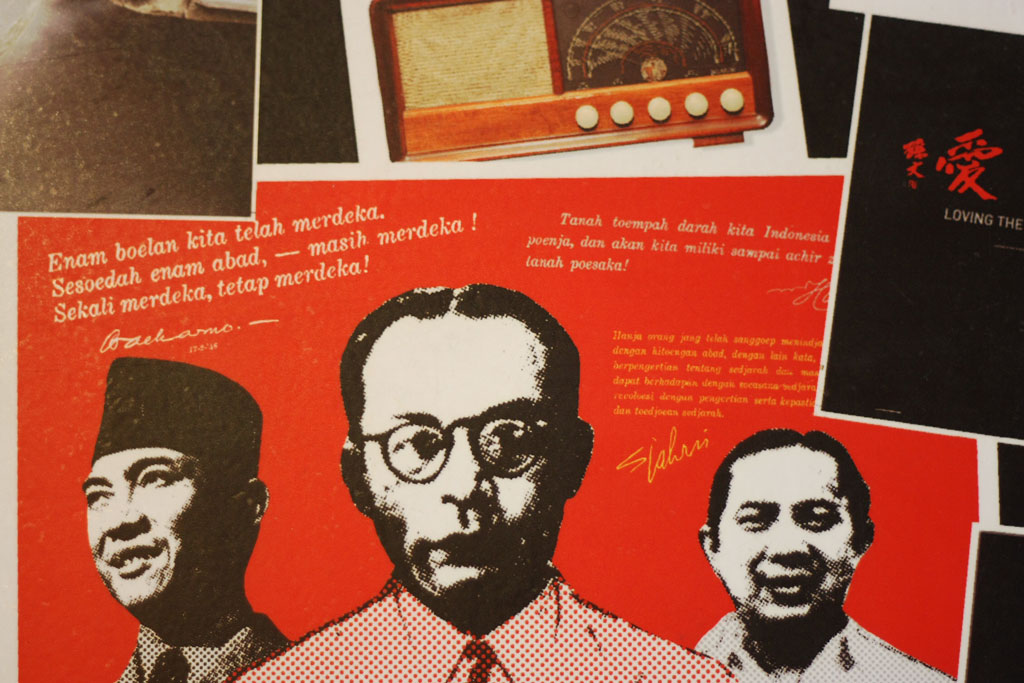
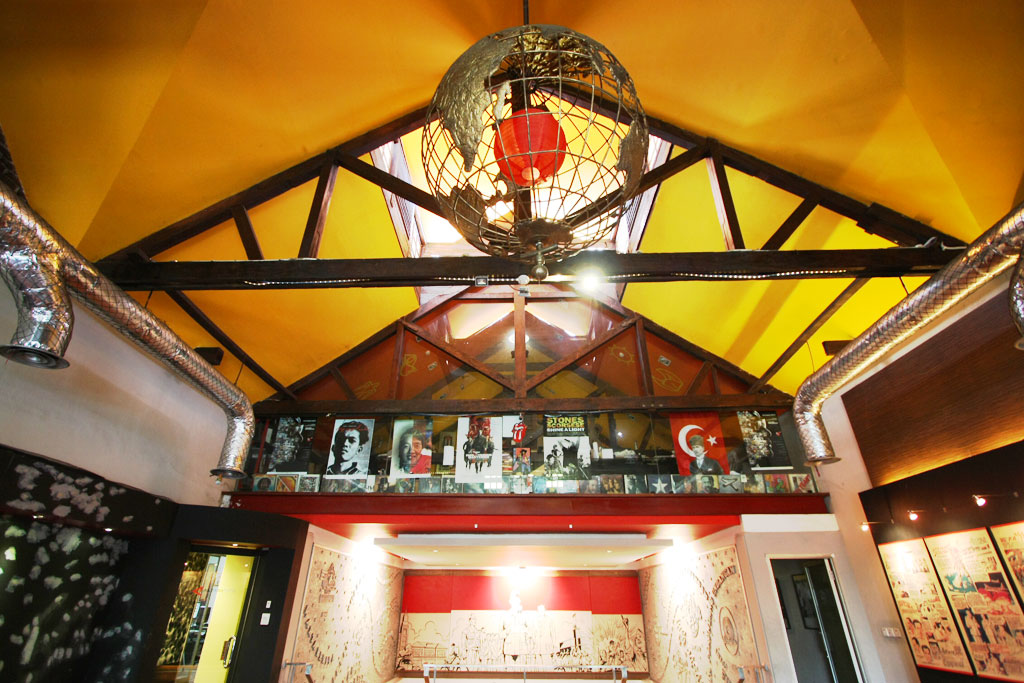
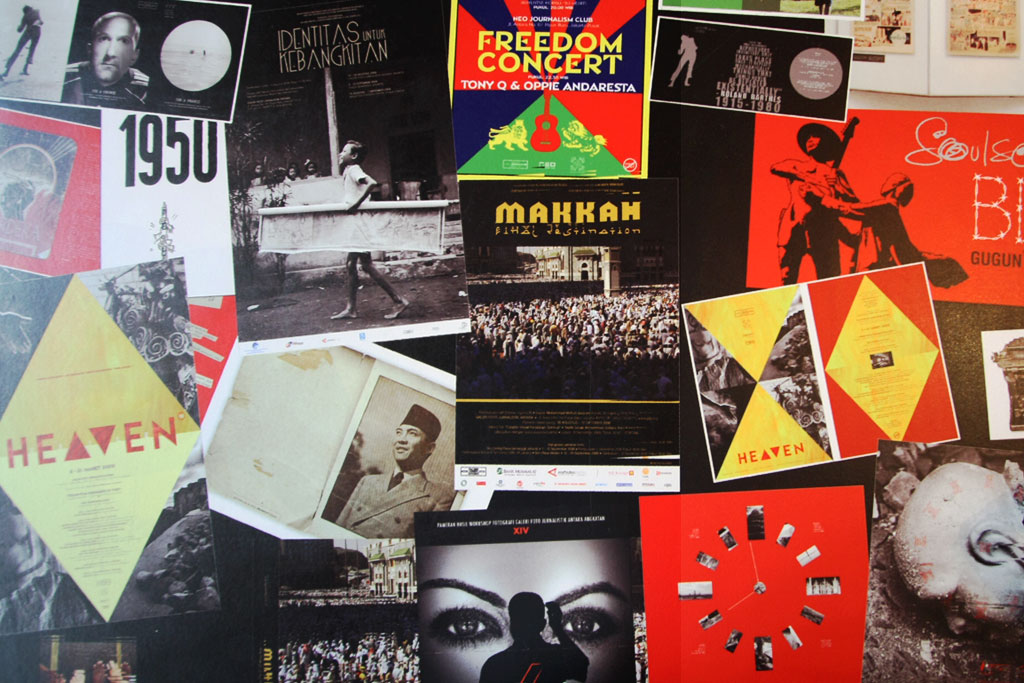
In 2013, as our social media feeds are flooded with photos of all sorts of things – from the beautiful to the mundane – it is easy to take the whole concept of “sharing” for granted. As long as one has a phone or a computer that is connected to the Internet, photos can be shared with friends, and maybe even strangers who live in other parts of the world. This kind of technology has not only led to the increasing number of shutterbugs, but it has also changed the way visual news is spread in our communities. “Citizen journalism” has become an important part in today’s media. But sharing and reporting have not always been this easy, especially in Indonesia.
When photography – both the art, and the technology behind it – was first introduced to Indonesian society, it was only limited to privileged groups. In other words, photography was not an accessible art. And it was this exclusivity that nurtured individuals who were more interested in their own achievements rather than the purpose that their work could have on the general public.
But perhaps it is out of bad situations that good things emerge. If the world of photography had not been so inaccessible to the Indonesian society at that time, nobody would have seen the need for it to be exposed to a greater audience, and Galeri Foto Jurnalistik Antara (The Antara Museum of Photojournalism) would not be standing in Pasar Baru today.
Though the association that made the gallery’s existence possible – that is, Kantor Berita Antara (The Antara News Office) – was established as a symbol of Indonesian resistance against colonial news agencies, GFJA itself was introduced as a place that welcomed people from all layers of society to learn about visual stories. In other words, the gallery that officially opened on December 27th, 1992, became the first formal institution specializing in photojournalism.
Unlike the conventional function of a gallery, GFJA offers various kinds of workshops in addition to exhibiting the works of local and international photographs. The place not only allows people to share photographs, but it also allows them to share knowledge and experiences. The visions of Yudhi Soerjoatmodjo, Oscar Motuloh, Arbain Rambey, Julian Sihombing, and Gino Franky Hadi, five of the many determined individuals who contributed to the gallery’s growth, ended up being a huge success until this very day.
Apart from being a place to showcase photographs and educate the public about visual narratives, the gallery is also combined with Museum Pers Antara (The Antara Press Museum), which is located on the second floor. Filled with nostalgic items such as antique typewriters, printed articles written in the old Indonesian spelling, and even a very old motorbike that was used to deliver news items, the museum provides just the right number of things to satisfy those of us who are curious about the history of photojournalism in Indonesia.
In order to truly understand the objectives of the institution, however, we must think of photographs as stories, not necessarily works of art. Just by looking at the photographs that hung on the white walls of the gallery, it is clear that the power of their narratives outweighs their aesthetics. This is not to say that the images are not beautiful; for what is photography without something pleasant to look at? They are beautiful in a way that makes you look for more than what is visible.
Aspiring photojournalists and hobbyists would definitely learn a lot about the development of photojournalism from both the gallery and the museum.
